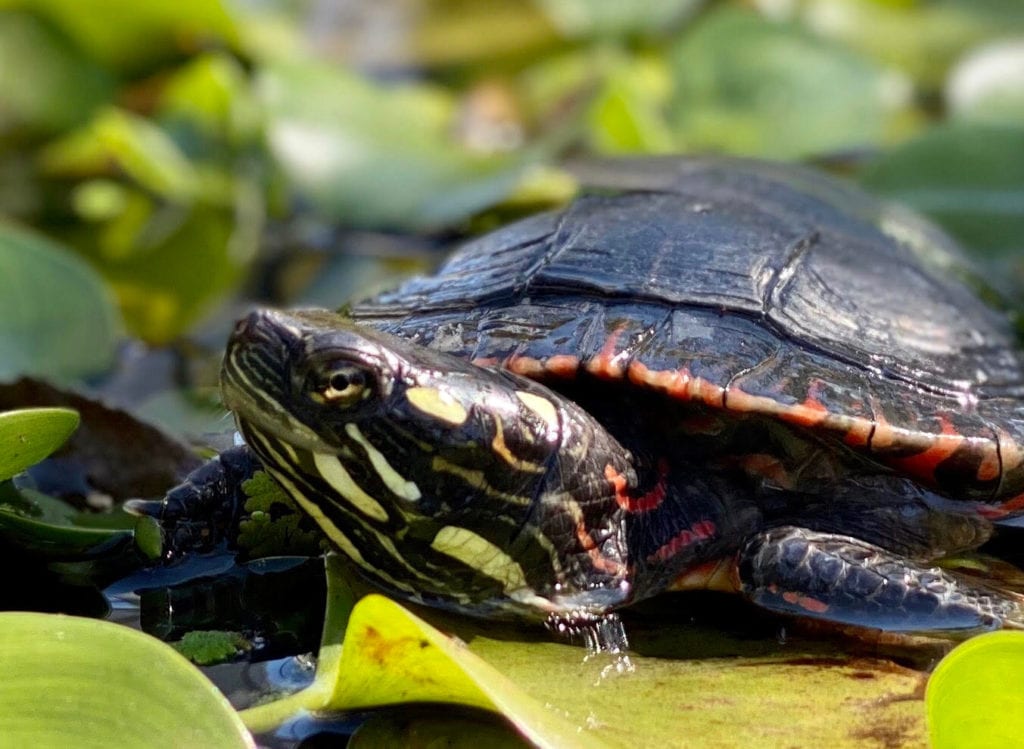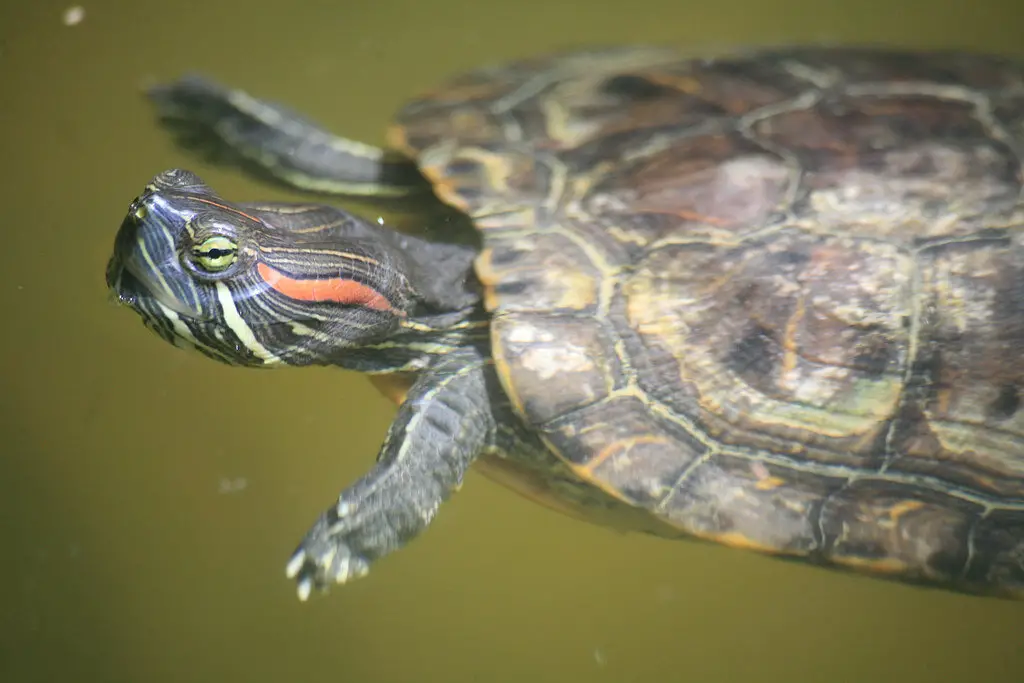Have you ever wondered what happens to turtles that live in ponds during the cold winter months? Turtles are fascinating creatures that have adapted to various environments, but can they survive in a pond during winter?
Understanding Turtles and Hibernation
Turtles are ectothermic animals, meaning they rely on external sources to regulate their body temperature. During the colder months, turtles may enter a state of dormancy known as hibernation. Hibernation is a survival mechanism that allows turtles to conserve energy and endure harsh environmental conditions.
When the temperature drops, turtles that live in ponds may burrow into the mud at the bottom of the pond. This provides them with insulation from the cold and helps them conserve energy while remaining relatively safe until temperatures rise again.

Credit: splashsupplyco.com

Credit: www.cdaquatics.co.uk
Adaptations for Winter Survival
Turtles have evolved several adaptations that enable them to survive in ponds during winter. One such adaptation is the ability to slow down their metabolism significantly during hibernation. By reducing their metabolic rate, turtles can survive for extended periods without food and with minimal oxygen intake.
Additionally, turtles have developed the ability to extract oxygen from the water through specialized skin cells. This adaptation allows them to respire while submerged, even when the pond’s surface is frozen over.
Challenges Faced by Pond Turtles
While turtles are well-equipped to survive in ponds during winter, they still face several challenges. One of the primary challenges is the risk of oxygen depletion in the pond. As the water temperature drops, oxygen levels can decrease, posing a threat to the turtles’ survival.
Furthermore, if the pond freezes completely, turtles may become trapped under the ice. This can prevent them from accessing oxygen and may lead to suffocation or other health issues. In some cases, turtles may need to find alternative sources of oxygen or even break through the ice to reach the surface.
Human Intervention and Winter Care for Pond Turtles
For pond turtles that are kept in captivity or in artificial ponds, human intervention may be necessary to ensure their survival during winter. Providing aeration systems, such as air pumps or bubblers, can help maintain oxygen levels in the water and prevent oxygen depletion.
It is also essential to monitor the water temperature and ensure that it remains within a suitable range for the turtles. If the pond is at risk of freezing over completely, measures such as installing a de-icer or relocating the turtles to a warmer environment may be necessary.
Conclusion
In conclusion, turtles can live in ponds during winter thanks to their remarkable adaptations for survival. By entering a state of hibernation and relying on specialized physiological mechanisms, turtles can endure the cold temperatures and harsh conditions of winter. However, it is essential to be aware of the challenges they may face and take appropriate measures to ensure their well-being, especially in artificial pond settings.




